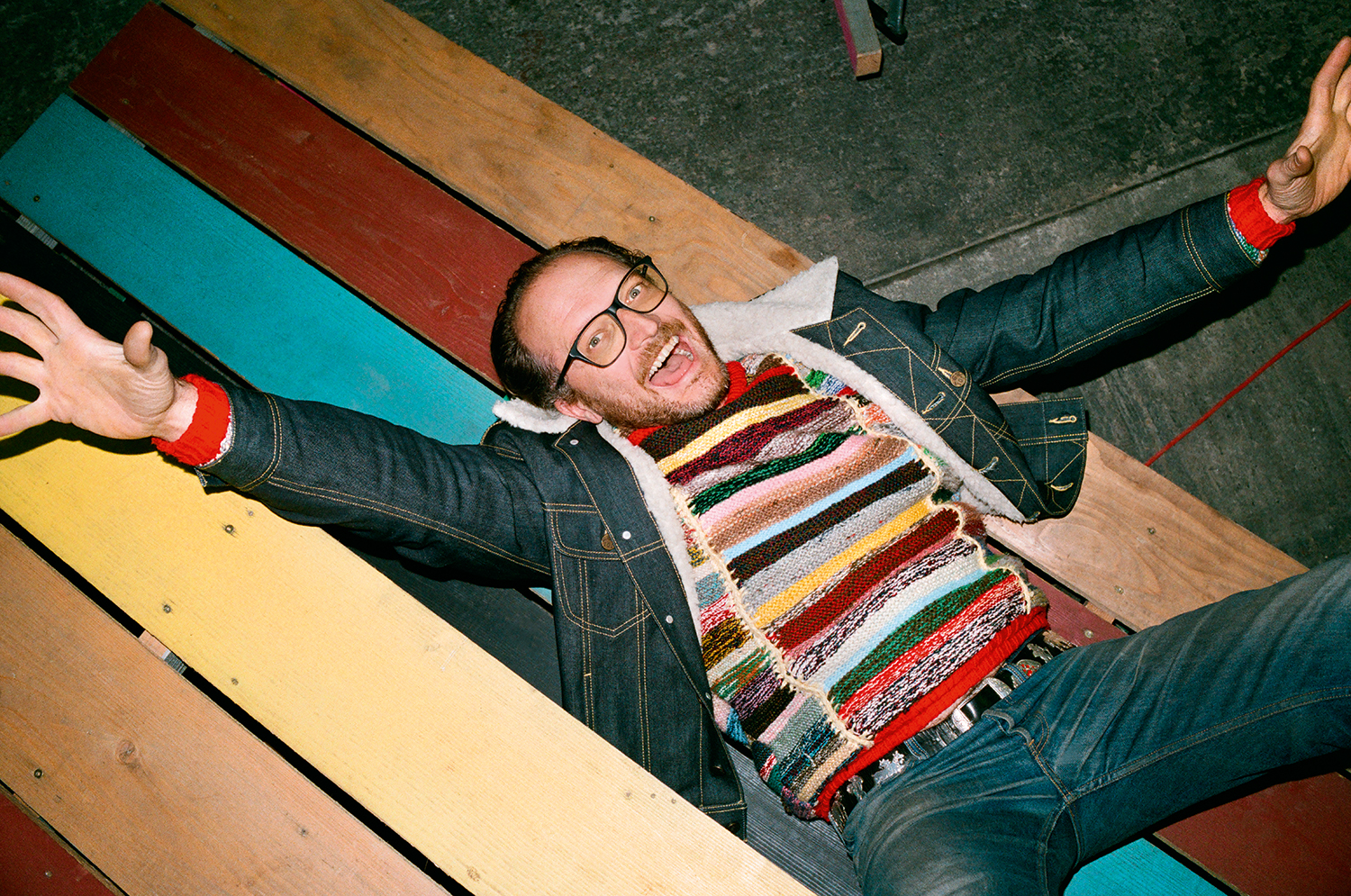Purple Magazine
— S/S 2014 issue 21
Kerim Seiler
 Kerim Seiler
Kerim Seiler
Frank Stella saved my life / Berlin
interview by SVEN SCHUMANN
portraits by MAXIME BALLESTEROS
Swiss-born artist Kerim Seiler started his career by painting two-dimensional, life-sized images of ordinary city objects, such as park benches and ticket machines, but soon moved on to making everything from colorful and inflatable molecule sculptures to a very impressive 250-meter-long permanent neon light installation at the Zurich central train station. Space and structure seem to be very important components of Seiler’s work, so it felt almost natural that he chose a four-meter-high platform overlooking his Berlin studio as the location for this interview.
SVEN SCHUMANN — Kerim, you have studios in Zurich, Berlin, and Johannesburg. Why do you divide your time between these three places?
KERIM SEILER — Switzerland is where I come from, and Zurich is one of the possible urban spaces where one can live…